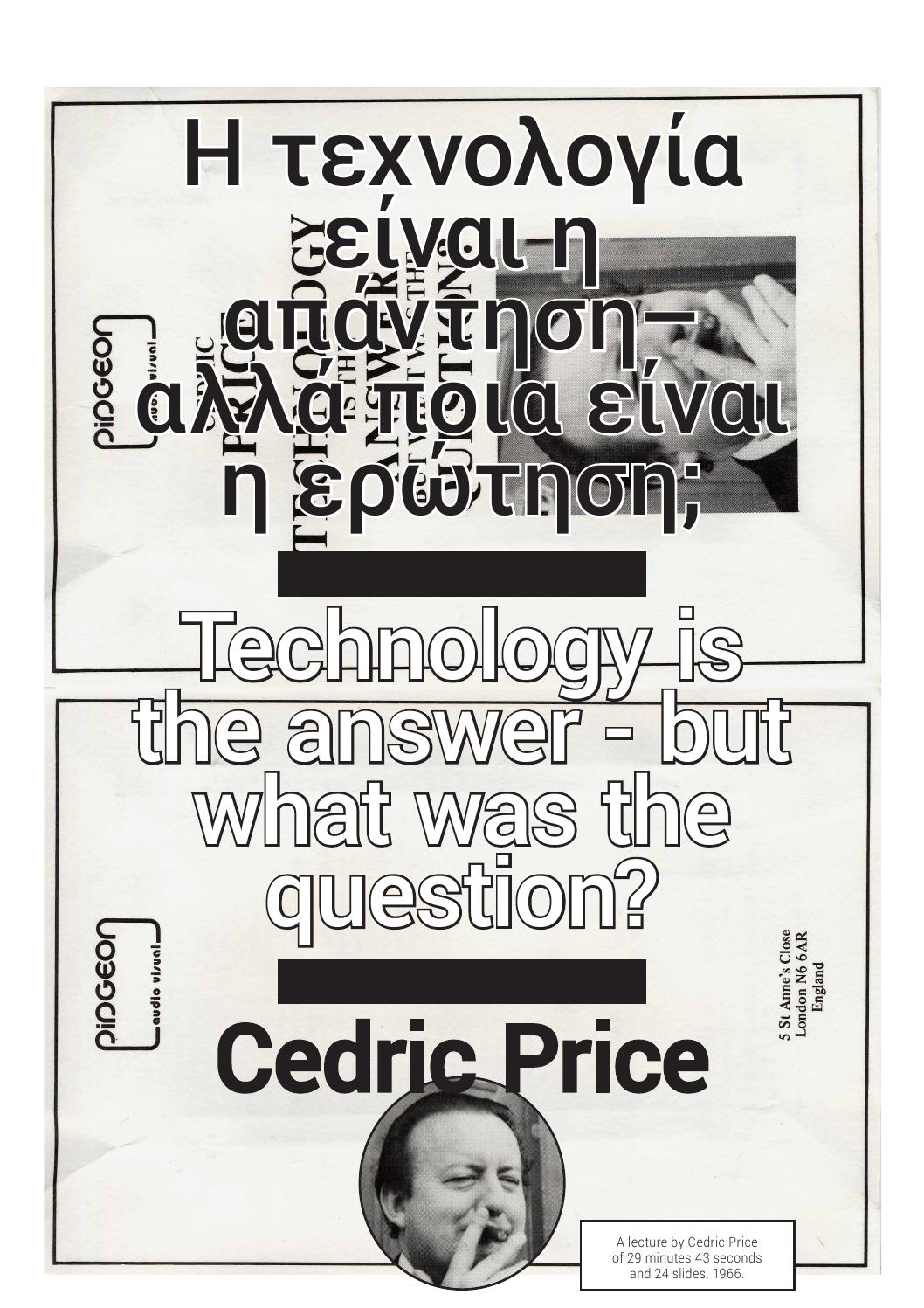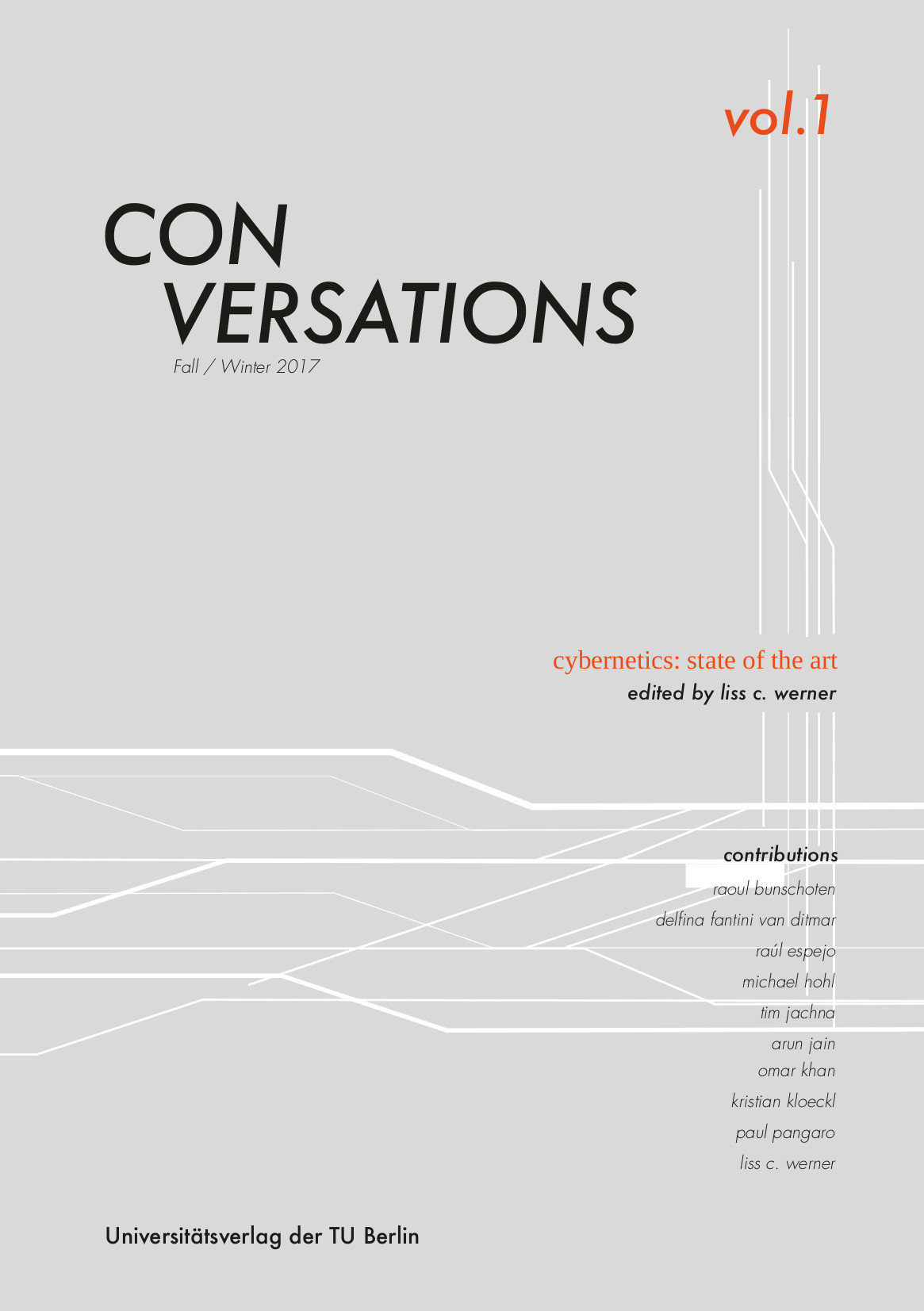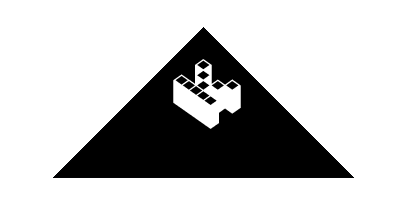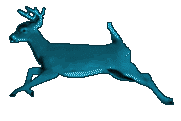Cedric Price: Technology Is the Answer, but What Was the Question? (1966/2015) [English/Greek]
Filed under booklet | Tags: · architecture, technology

““Technology is defined in the Oxford dictionary as the science of industrial art.” Cedric Price affirmed in 1966 at the beginning of his lecture entitled ‘Technology is the answer, but what was the question?’. The lecture speaks about the Fun Palace, the transdisciplinary cultural centre that Price designed in 1960 for Joan Littlewood.
The Fun Palace, which was never realised, is emblematic of our own era. It lends itself more to the choreography of 21st century time-based exhibitions than to the object- based displays of the 20th century; it fosters a more communal experience, largely free to operate outside its material limits, and ventures into other realms of human experience. In Price’s own words, “a 21st century museum will utilize calculated uncertainty and conscious incompleteness to produce a catalyst for invigorating change whilst always producing the harvest of the quiet eye”.”
With an Introduction by Lorenza Baroncelli
Published 2015
[43] pages
Marc James Léger (ed.): The Idea of the Avant Garde: And What It Means Today (2014)
Filed under book | Tags: · activism, aesthetics, architecture, art criticism, art history, avant-garde, film, intermedia, literature, music, performance, photography, theatre

“This book is premised on the view that the idea of the avant garde has an increased importance in these times of global political crisis. Much cultural production today is shaped by a biopolitics that construes all creative and knowledge production in terms of capital accumulation. A different kind of culture is possible. This collection of writings, essays, interviews and artworks by many of today’s most radical cultural practitioners and astute commentators on matters avant garde mediates the different strategies and temporalities of avant-garde art and politics. Tracing diverse genealogies and trajectories, the book offers an inter-generational forum of ideas that covers different arts fields, from visual art, art activism, photography, film and architecture, to literature, theatre, performance, intermedia and music.”
Texts by Marc James Léger, Adrian Piper, Andrea Fraser, David Tomas, Catherine Lescarbeau, Hal Foster, Laura Mulvey, Bruce LaBruce, Santiago Sierra, Derek Horton, Christine Wertheim, Lyn Hejinian, Marjorie Perloff, Wu Ming 2, Nikolaus Müller-Schöll, Rabih Mroué, Judith Malina, Moe Angelos, Bill Brown, The Errorist International, Jonas Mekas, Thomas Elsaesser, Alexander Kluge and Oskar Negt, Travis Wilkerson, Evan Mauro, Mikkel Bolt Rasmussen, Gene Ray, John Roberts, Zanny Begg and Dmitry Vilensky, Owen Hatherley, Michael Webb, Mitchell Joachim, Beatriz Colomina, Boris Groys, Vitaly Komar, Victor Tupitsyn, Gregory Sholette and Krzysztof Wodiczko, Critical Art Ensemble, BAVO, Alexei Monroe, Jean-Hervé Péron, Chris Cutler, Charles Gaines, Jason Robinson, Sara Marcus, Cosey Fanni Tutti, Thanos Chrysakis, Kim Cascone, Marc Couroux, Thérèse Mastroiacovo, Chrysi Papaioannou, and Bill Dane.
Publisher Manchester University Press, Manchester, with Left Curve, Oakland, CA, 2014
ISBN 9780719096914, 071909691X
285 pages
Editor
Exhibition (2018)
Publisher
WorldCat
PDF (16 MB)
Comment (0)Liss C. Werner (ed.): Cybernetics: State of the Art (2017)
Filed under book | Tags: · architecture, city, cybernetics, design, systems theory, theory, urban design, urbanism

“Driven by cybernetic thinking, this book engages with pressing questions for architecture, urban planning, design and automated infrastructure; in an age of increasing connectivity, AI and robotization and an evolutionary state of the Anthropocene – perpetuating angst-ridden anxiety as well as excitement and joy of a future, that we will be able to predict with less and less certainty. The book discusses cybernetic principles and devices developed in the late 20th century – mainly developed by Ross Ashby and Gordon Pask (second-order cybernetics), to learn from for a future of mutual relationship and conversation between man and machine.
The anthology reviews and previews cybernetics as design strategy in computational architecture, urban design and socio-ecological habitats – natural and artificial. It weaves together cybernetic-architectural theories with applications and case studies ranging from regional planning to the smart home.
Nine chapters written by an international group of authors are structured into two complimenting parts. While ‘A Concept and a Shape’ focuses on the history and theory of cybernetics, its temporary disappearance and future impact (Raúl Espejo, Michael Hohl, Paul Pangaro, Liss C. Werner), ‘System 5’ – relating to Stafford Beer’s project ‘Cybersyn’ – discusses applications, the role of the individual and human feedback; also with a strong theoretical underpinning (Raoul Bunschoten, Delfina Fantini van Ditmar, Timothy Jachna, Arun Jain, Kristian Kloeckl).”
With foreword by Omar Khan
Publisher Universitätsverlag der TU Berlin, Berlin, Nov 2017
Con-versations series, 1
Creative Commons BY 4.0 International License
ISBN 9783798329539
xxvii+173 pages

